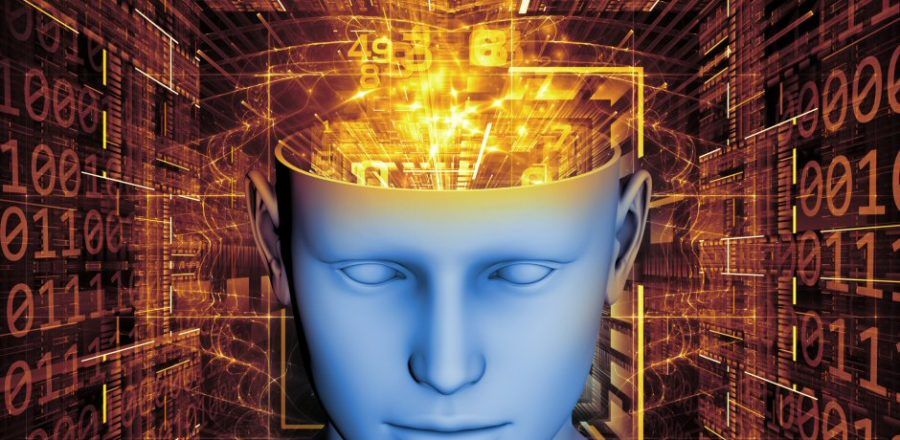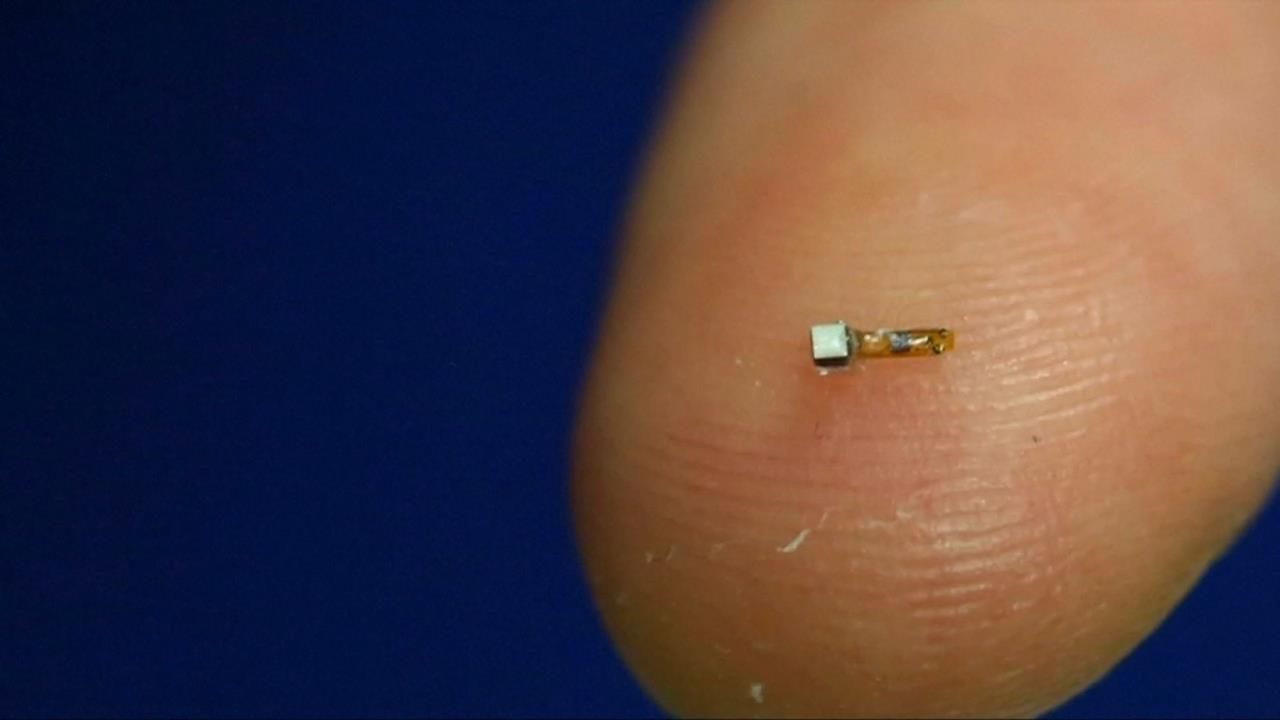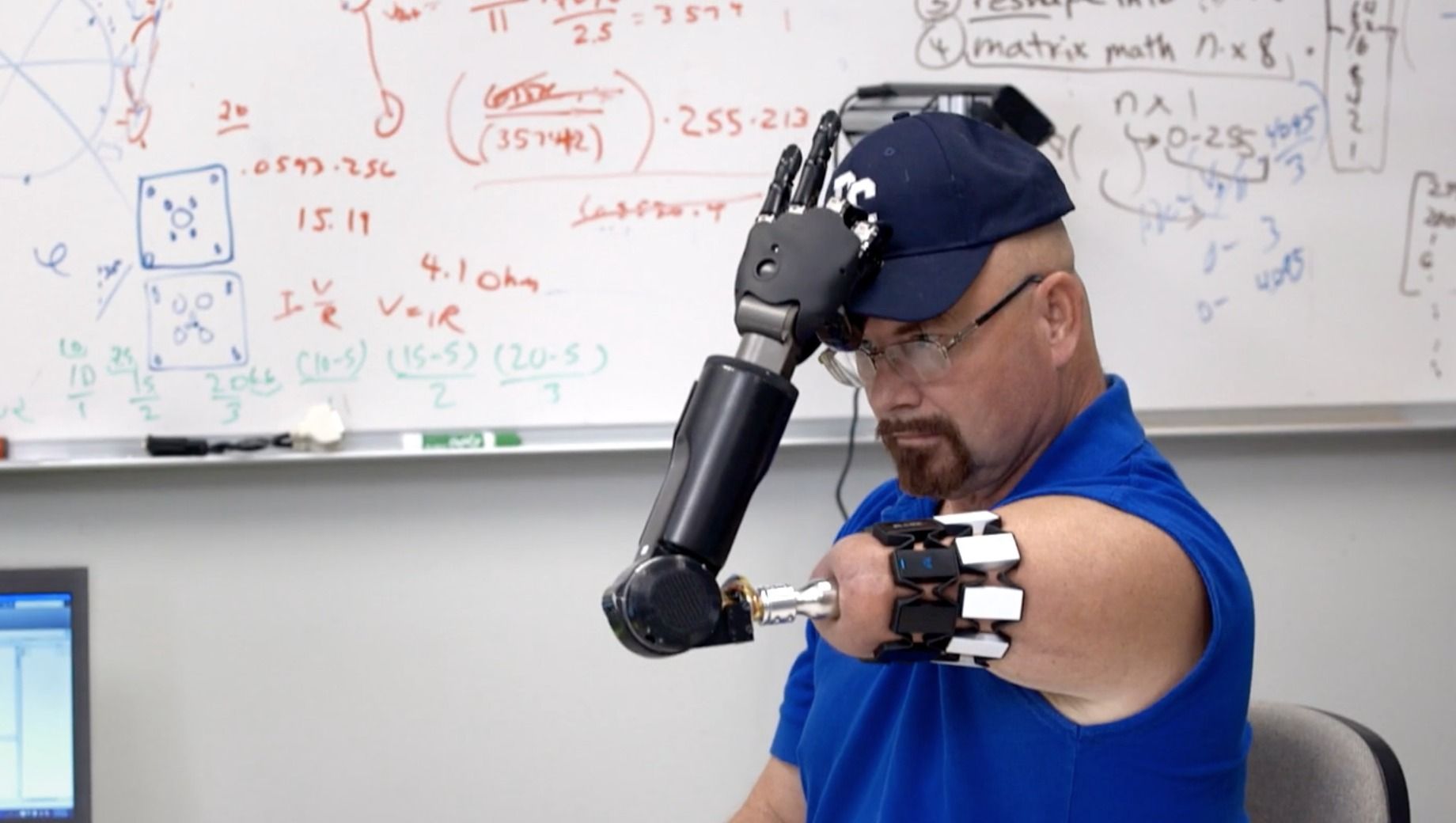Archive for the ‘cyborgs’ category: Page 108
Sep 11, 2016
Cybathlon: World’s first ‘bionic Olympics’ gears up
Posted by Karen Hurst in categories: cyborgs, robotics/AI, transhumanism
Awesome.
Competitors prepare for a contest involving electronic arms and robotic exoskeletons.
Sep 1, 2016
Biohacking Will Let You Connect Your Body to Anything You Want
Posted by Elmar Arunov in categories: bioengineering, cyborgs, health, singularity
Singularity University Global Summit is the culmination of the Exponential Conference Series and the definitive place to witness converging exponential technologies and understand how they’ll impact the world.
How many cyborgs did you see during your morning commute today? I would guess at least five. Did they make you nervous? Probably not; you likely didn’t even realize they were there.
In a presentation titled “Biohacking and the Connected Body” at Singularity University Global Summit, Hannes Sjoblad informed the audience that we’re already living in the age of cyborgs. Sjoblad is co-founder of the Sweden-based biohacker network Bionyfiken, a chartered non-profit that unites DIY-biologists, hackers, makers, body modification artists and health and performance devotees to explore human-machine integration.
Continue reading “Biohacking Will Let You Connect Your Body to Anything You Want” »
Aug 31, 2016
How a Hillbilly Delivery Man Is Trailblazing Our Cyborg Future
Posted by Karen Hurst in categories: biotech/medical, cyborgs, neuroscience, transhumanism
Never under estimate people you never know who may be the next Bill Gates.
After losing his left arm to cancer in 2008, Jonny Matheny’s life changed radically. The self-styled West Virginia hillbilly, formerly a retail bread sales and delivery man, started traveling to medical research facilities around the country to volunteer as a test-subject for advanced prosthetics and experimental surgeries. Today, Matheny is something of a Model T for cyborgs, wielding one of the most advanced mind-controlled prosthetics ever built.
When I met Matheny at a DARPA technology expo earlier this year, I was astounded by the flexibility and responsiveness of his Modular Prosthetic Limb, the latest in a series of mind-controlled prosthetics developed at the Johns Hopkins Applied Physics Laboratory. But nothing drives home the revolutionary potential of a device like this than seeing it used to perform mundane tasks: effortlessly putting on a hat or stirring a pot, for instance.
Continue reading “How a Hillbilly Delivery Man Is Trailblazing Our Cyborg Future” »
Aug 31, 2016
We are already cyborgs
Posted by Shailesh Prasad in categories: cyborgs, Elon Musk, neuroscience, robotics/AI

Elon Musk talks about Neural Lace.
Elon Musk discusses his views on AI integration in every day life.
Aug 30, 2016
MIT’s 3D-Printed Shape-Shifting Objects Could Revolutionize Medicine
Posted by Shailesh Prasad in categories: 3D printing, biotech/medical, cyborgs
Using light, a team of MIT researchers were able to print 3D structures that “remember” their original shapes. Even after being stretched, twisted, and bent at extreme angles, the structures sprang back to their original forms within seconds of being heated to a certain temperature “sweet spot.”
Beyond 3D-printed dinners, additive manufacturing has helped create artificial jaws, better prosthetics, and even brain tumors. Researchers at MIT have found a way to print 3D structures that remember their original shapes within seconds of being heated at a specific temperature “sweet spot,” paving the way towards developing tiny drug capsules that open upon early signs of infection.
Researchers often turn to 3D printing to fabricate shape-memory structures since the technology lets them to custom-design structures with relatively fine detail. The only problem is that conventional 3D printers come with size restrictions—the structures’ details can’t go any smaller than a few millimeters, and the restriction limits how fast the material can recover its original shape.
Continue reading “MIT’s 3D-Printed Shape-Shifting Objects Could Revolutionize Medicine” »
Aug 30, 2016
Elephants With Prosthetic Legs
Posted by Albert Sanchez in categories: biotech/medical, cyborgs
Aug 28, 2016
Watch This Mind-Controlled Bionic Arm Touch and Feel
Posted by Elmar Arunov in categories: biotech/medical, cyborgs, transhumanism

Melissa Loomis, an amputee, is pushing the sensory capabilities of the most advanced neuroprosthetic in the world.
Aug 28, 2016
Bionics Consultant Will Rosellini Predicts ‘Deus Ex’-Style Human Augmentation in Our Lifetime
Posted by Carse Peel in categories: cyborgs, transhumanism

I recently had the pleasure to speak with Eidos Montreal’s primary bionics consultant for the Deus Ex series, Will Rosellini.
Will has been involved with the franchise since the development of Deus Ex: Human Revolution and has had a major influence on the developer’s depiction of future human augmentation. It was a fascinating conversation, and likely not our last: Will is pushing a lot of new technology, both in and outside the world of Deus Ex.
Aug 28, 2016
The Cyborgs Are Coming: Mankind Is On The Cusp Of Human Brain Augmentation With BrainGate Technology
Posted by Carse Peel in categories: bioengineering, biotech/medical, computing, cyborgs, neuroscience

BrainGate technology is no longer the stuff of science fiction. The science of interfacing human brains and other biological neurons with computers has been developing for well over a decade and now, the progress is amazing. While the human mind is an amazing organ, that surpasses any computer ever made. Many fantasize about improving on natural skills and abilities using technology in the form of some sort of brain implant. That dream is about to become a reality. In some ways, it already has according to the BrainGate website.
“BrainGate Company’s current and planned intellectual property (the technology) is based on technology that can sense, transmit, analyze and apply the language of neurons. BrainGate consists of a sensor that is implanted on the motor cortex of the brain and a device that analyzes brain signals.”













